In Le Livre d’Image, Jean-Luc Godard recycles existing images (films, documentaries, paintings, television archives, etc.), quotes excerpts from books, uses fragments of music. The driving force is poetic rhyme, the association or opposition of ideas, the aesthetic spark through editing, the keystone. The author performs the work of a sculptor. The hand, for this, is essential. He praises it at the start. “There are the five fingers. The five senses. The five parts of the world (…). The true condition of man is to think with his hands. Jean-Luc Godard composes a dazzling syncopation of sequences, the surge of which evokes the violence of the flows of our contemporary screens, taken to a level of incandescence rarely achieved. Crowned at Cannes, the last Godard is a shock film, with twilight beauty.
Related Movies
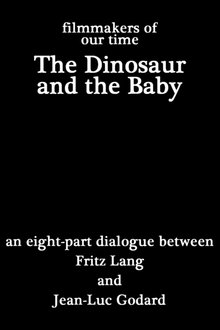
The Dinosaur and the Baby (1967)
An hour-long discussion between Fritz Lang and Jean-Luc Godard in which they discuss a variety of art forms, the role of the cinema, their collaboration together, and much more. (Filmed in 1964 but released for TV in 1967.)
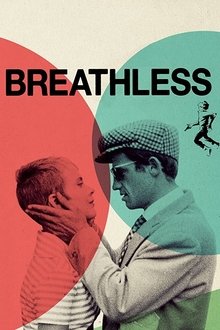
Breathless (1960)
A small-time thief steals a car and impulsively murders a motorcycle policeman. Wanted by the authorities, he attempts to persuade a girl to run away to Italy with him.
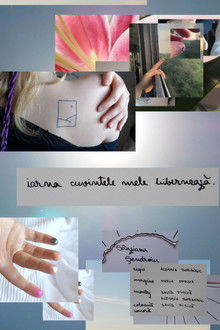
winter, my words immure (2024)
After moving to Bucharest, Sânziana reflects on how this change has affected her perception of herself and her body.

Nicole Garcia, actrice-cinéaste (2023)
Stage actress turned film actress and director, Nicole Garcia has worked with the greatest French directors. Mysterious, singular, elegant, she has become a major figure in French cinema, but in her forties, she wanted to tell her own stories. She took a big risk when she was being offered fewer roles as an actress and became a film director.
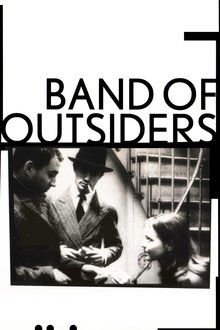
Band of Outsiders (1964)
Cinephile slackers Franz and Arthur spend their days mimicking the antiheroes of Hollywood noirs and Westerns while pursuing the lovely Odile. The misfit trio upends convention at every turn, be it through choreographed dances in cafés or frolicsome romps through the Louvre. Eventually, their romantic view of outlaws pushes them to plan their own heist, but their inexperience may send them out in a blaze of glory -- which could be just what they want.

Once There Was Everything (2017)
Kogonada looks at how the motif of doors reverberates through Robert Bresson's work.
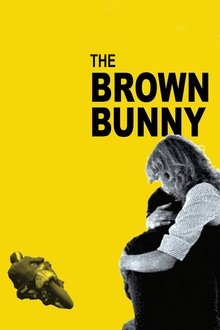
The Brown Bunny (2004)
Bud Clay races motorcycles in the 250cc Formula II class of road racing. After a race in New Hampshire, he has five days to get to his next race in California. During his road trip, he is haunted by memories of the last time he saw Daisy, his true love.

Paranoid Park (2007)
A teenage skateboarder becomes suspected of being connected with a security guard who suffered a brutal death in a skate park called "Paranoid Park".
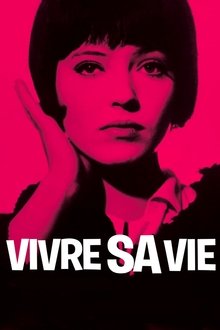
Vivre Sa Vie (1962)
Twelve episodic tales in the life of a Parisian woman and her slow descent into prostitution.
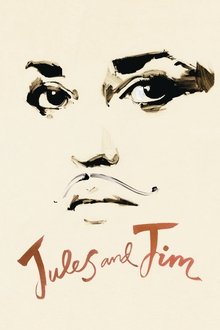
Jules and Jim (1962)
In the carefree days before World War I, introverted Austrian author Jules strikes up a friendship with the exuberant Frenchman Jim and both men fall for the impulsive and beautiful Catherine.

Hiroshima Mon Amour (1959)
The deep conversation between a Japanese architect and a French actress forms the basis of this celebrated French film, considered one of the vanguard productions of the French New Wave. Set in Hiroshima after the end of World War II, the couple -- lovers turned friends -- recount, over many hours, previous romances and life experiences. The two intertwine their stories about the past with pondering the devastation wrought by the atomic bomb dropped on the city.
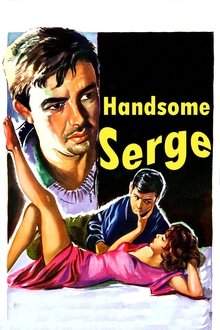
Handsome Serge (1958)
After long absence, a man returns to his hometown only to find his best friend has become an alcoholic.

The Colour of Words (1984)
This afterword to India Song (Duras' celebrated 1975 film) is organized in several parts. It begins with an interview to Marguerite Duras by Dominique Noguez, an expert in her work; the interview links the film to the two movies whom it's related to: The Ravishment of Lol V. Stein and The Vice-Consul. Several themes are tackled: childhood, autobiographical traces, relationships between differents characters and different films and more. India Song's main actors — Delphine Seyrig and Michael Lonsdale, who played Anne-Marie Stretter and the French vice-consul — join the conversation and talk about their roles and their craft. Marguerite Duras then evokes her memories of the shooting with the composer Carlos D'Alessio and her camera operato Bruno Nuytten. The conversations are punctuated by clips of the film.
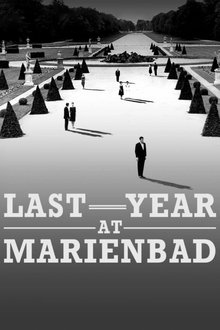
Last Year at Marienbad (1961)
In a strange and isolated chateau, a man becomes acquainted with a woman and insists that they have met before.
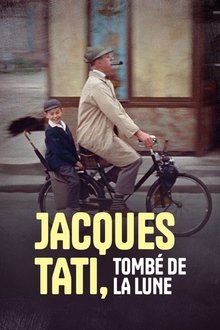
Jacques Tati, tombé de la lune (2021)
The crazy rise and fall of Jacques Tati, comedy genius, actor, director and athlete of laughter. Or how the inventor of the mythical Mr. Hulot made France laugh, then the world, flying from success to success, rising higher and higher, until he came a little too close to the sun.
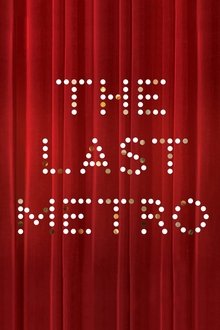
The Last Metro (1980)
In occupied Paris, an actress married to a Jewish theater owner must keep him hidden from the Nazis while doing both of their jobs.
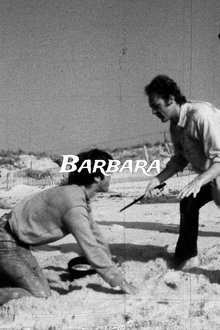
Barbara (1970)
Previously lost exploitation film which chronicles the sexual journey of a teenager who introduces her own family to the liberated ways of the free love rebellion.
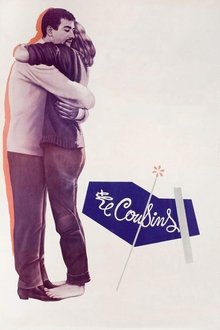
The Cousins (1959)
Young provincial Charles arrives in Paris to stay with his cousin Paul while studying law. Paul is a decadent, bohemian pleasure-seeker who shows the meek, diligent Charles the thrills of city life. When Charles falls for Florence, one of Paul's acquaintances, relationships begin to shift.

